Great Lakes-St. Lawrence cities were founded as trading posts along a vast marine highway which facilitated commerce in an era pre-dating railroads and highways. This relationship to the water has enabled the region to thrive.
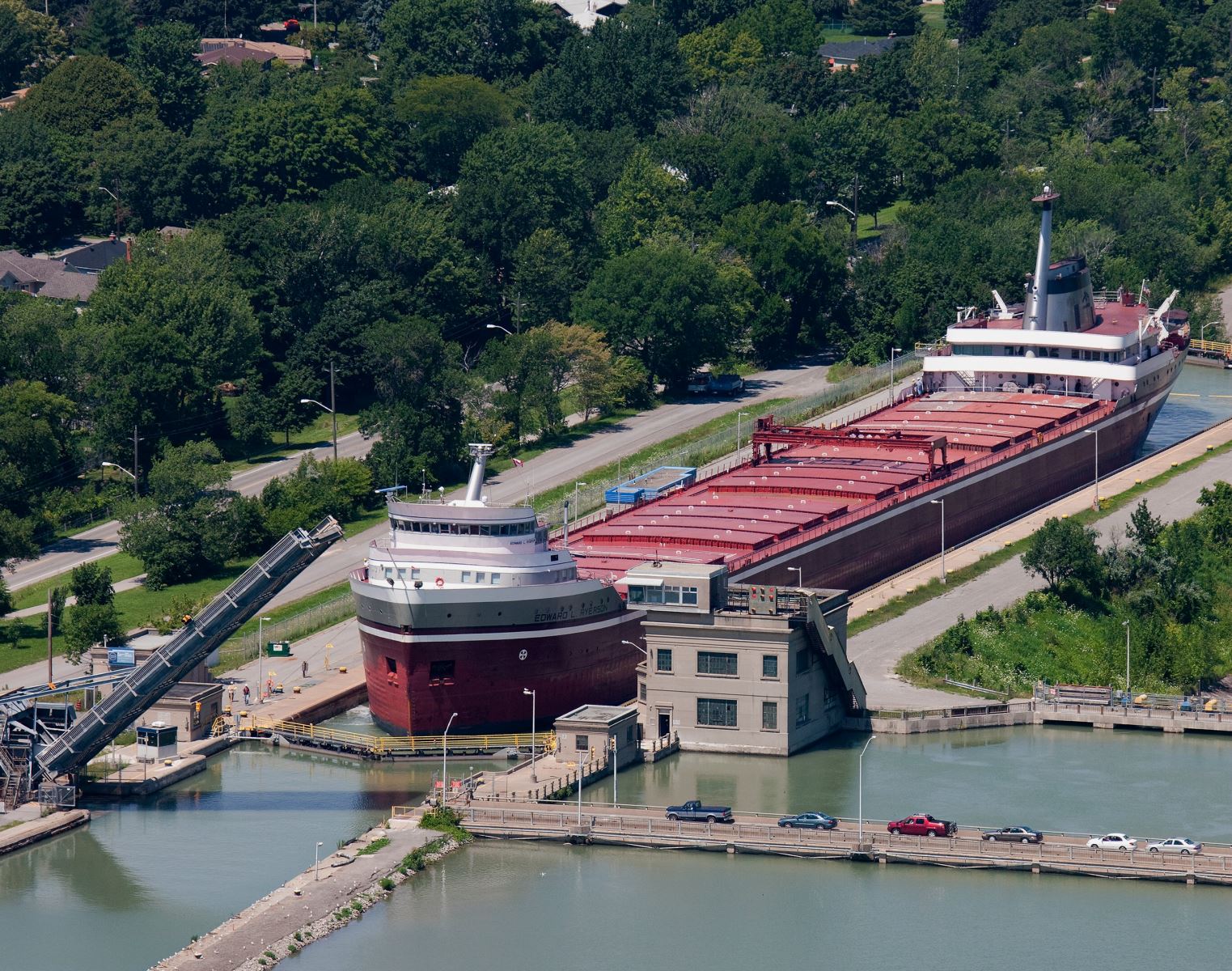
Today, the Great Lakes-St. Lawrence region is an economic powerhouse and the industrial heartland of both the United States and Canada with a combined GDP of over CDN$6 trillion, making it the third largest economy in the world if it were a country.
The Great Lakes-St. Lawrence River waterway is the longest inland deep-draft navigation system in the world, connecting more than 110 commercial ports in Canada and the United States.
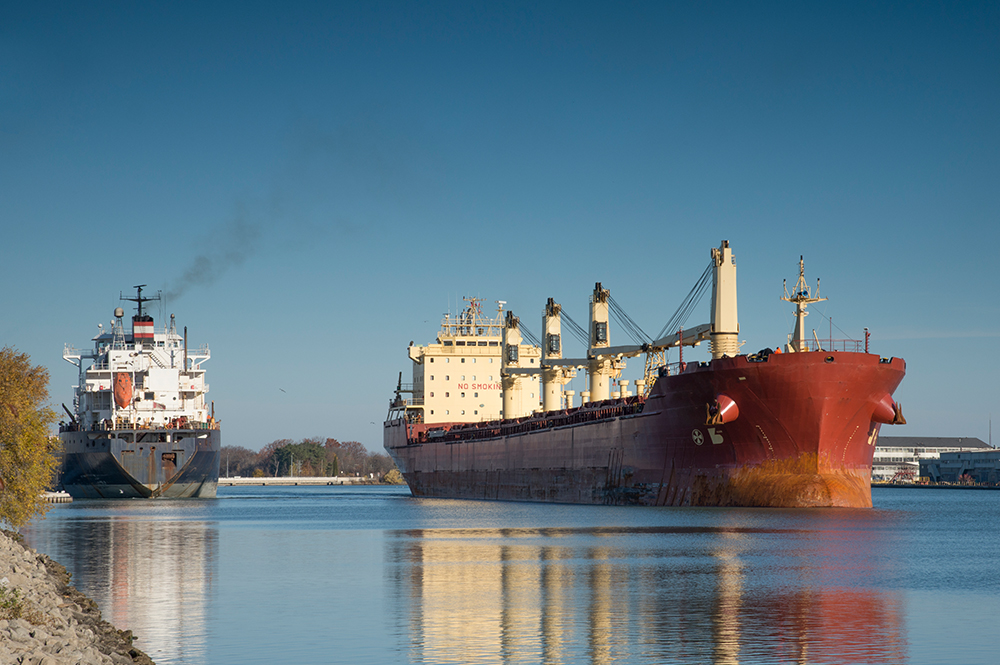
In remote locations, a port might be nothing more than a single dock constructed to serve an adjacent industry.
In urban areas, ports include multiple docks creating bustling harbors teeming with commerce in support of local business and jobs. Great Lakes – St. Lawrence ports fall into one of three ownership/governance models: private ports, public ports, or a mixture of public and private control.
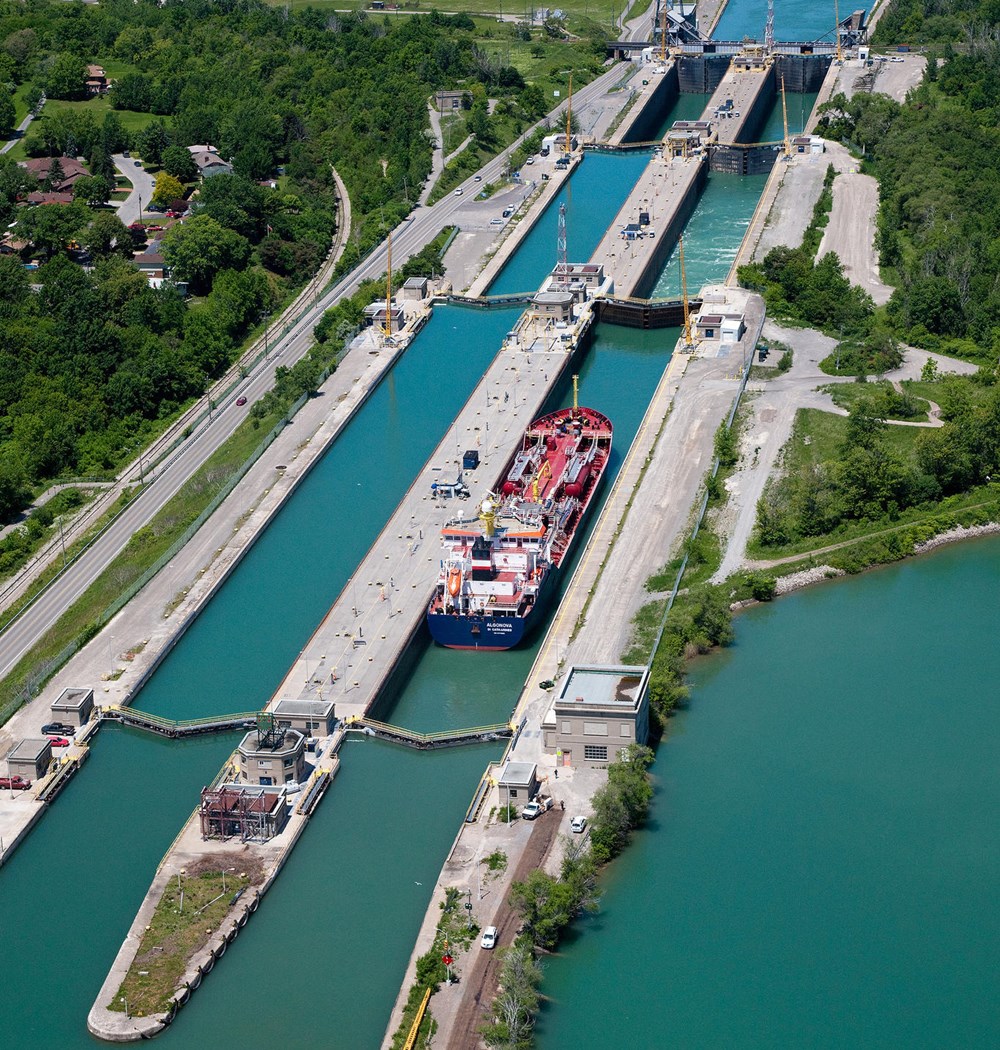
Lock infrastructure on the Great Lakes and St. Lawrence Seaway forms an elaborate lift system allowing ships to move across a vast expanse of territory in which water levels fall more than 182 m (600 feet) from Lake Superior to the Atlantic Ocean.
During that journey, a vessel will pass through 16 separate locks. The Soo Locks have made the St. Marys River navigable, connecting Lake Superior to the lower four Great Lakes and the St. Lawrence Seaway.
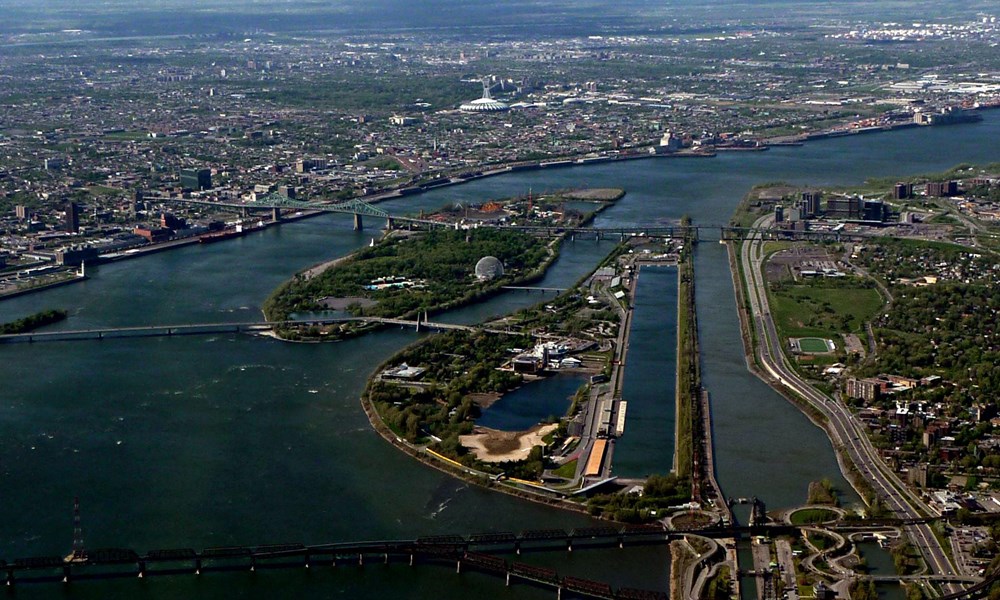
The Welland Canal lock system connects Lake Erie and Lake Ontario, enabling vessels to bypass Niagara Falls. And the St. Lawrence Seaway lock system has tamed the St. Lawrence River, enabling ships to sail from Lake Ontario to the Atlantic Ocean since 1959.
How a Lock Works
A vessel traveling downstream would find the lock chamber already filled with water. The entrance gate is opened and the vessel moves in. The entrance gate is then closed. A valve is opened and the lock chamber is drained, lowering the vessel.
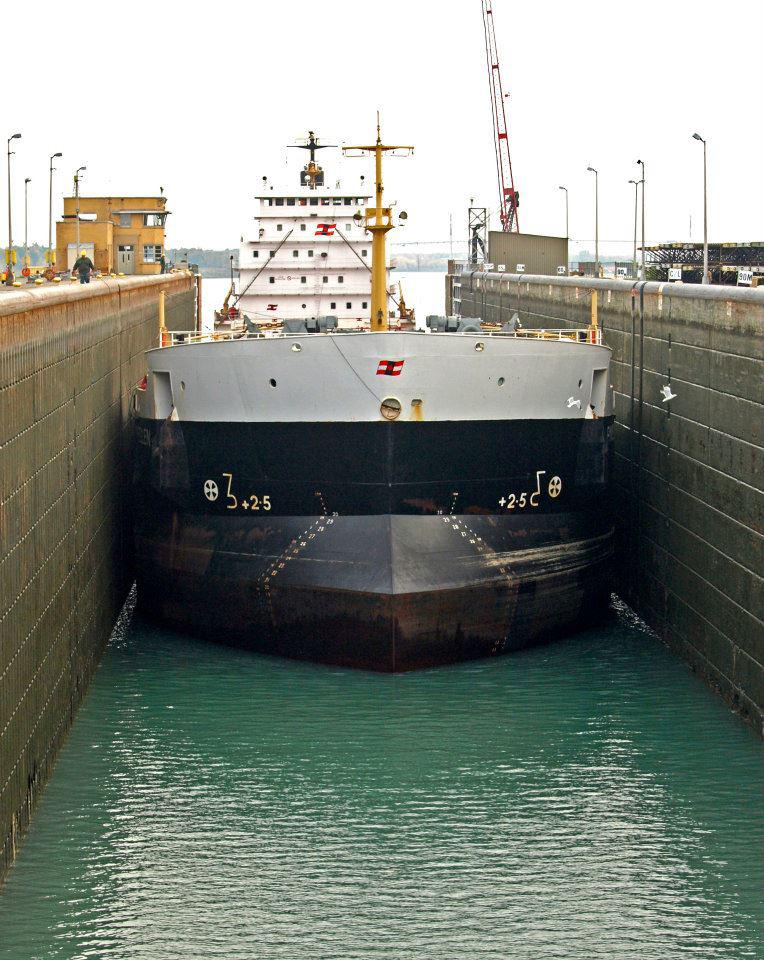
Once the vessel reaches the desired level, the exit gate is then opened and the vessel moves out of the chamber. This process is reversed for a vessel traveling upstream.
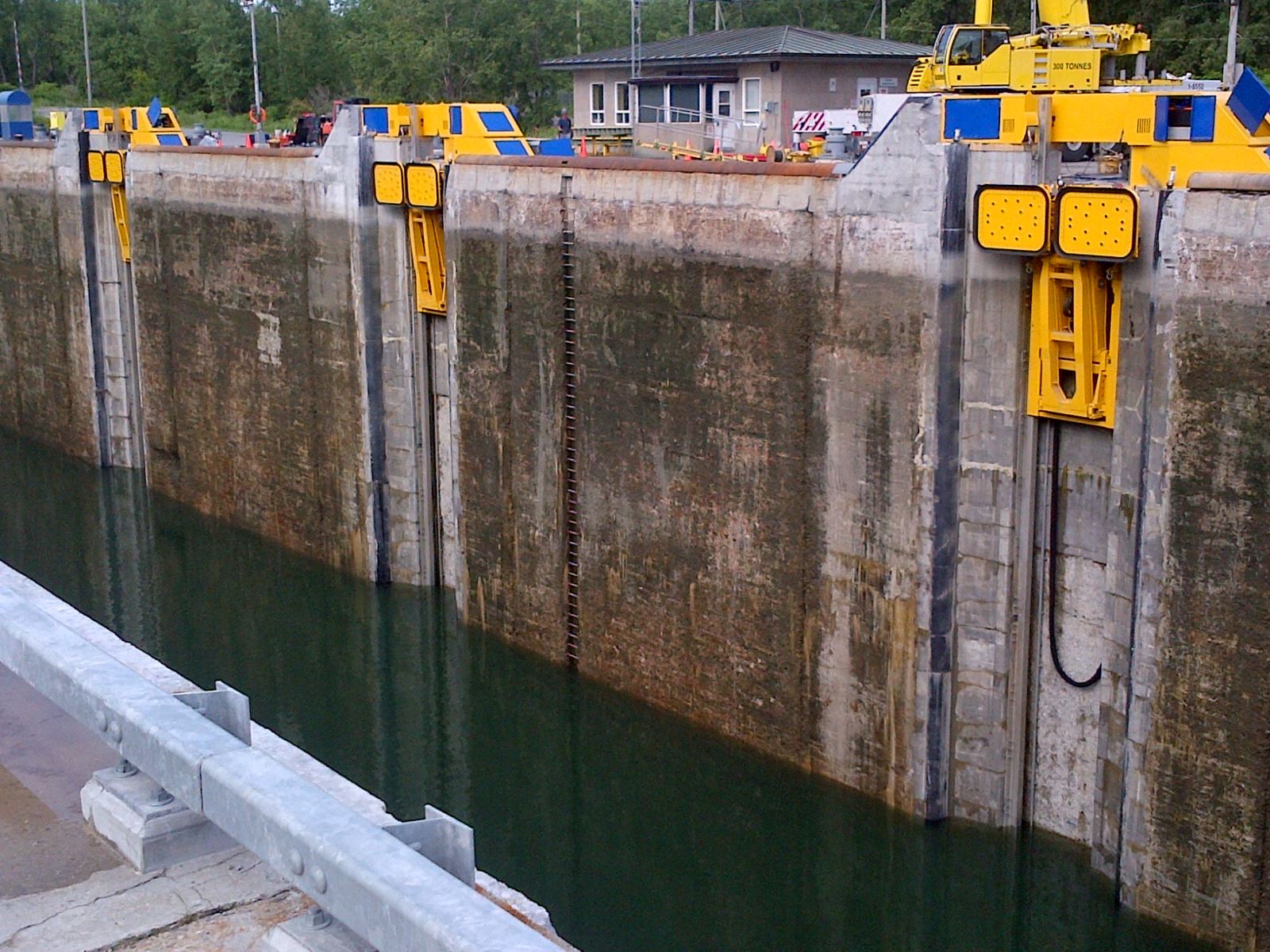
Ships
The Great Lakes – St. Lawrence navigation system is dominated by specialty ships designed to serve the region’s agricultural and manufacturing economy.
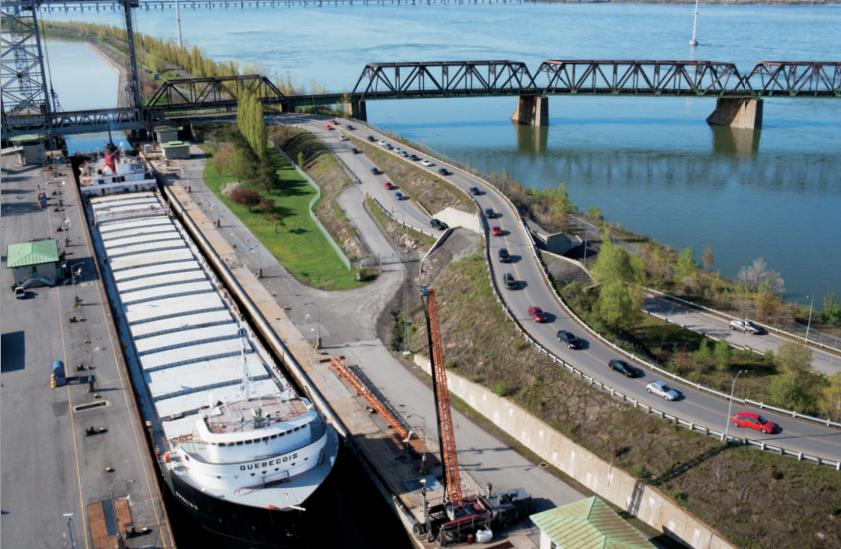
According to marinedelivers.com











